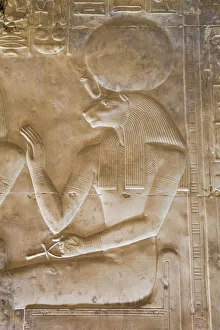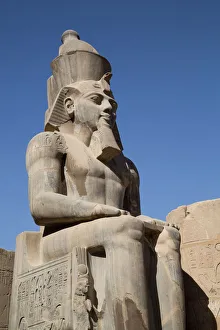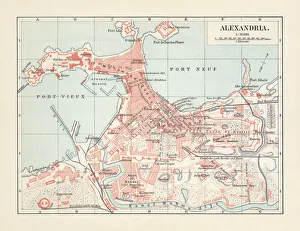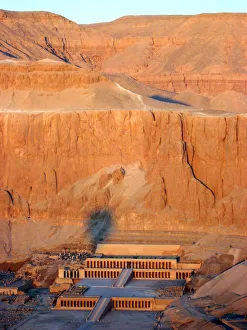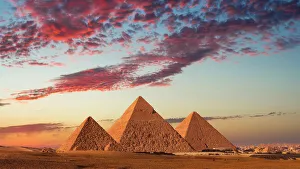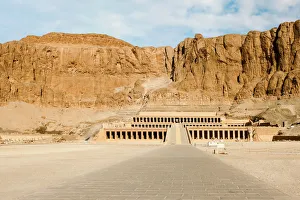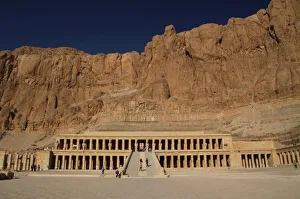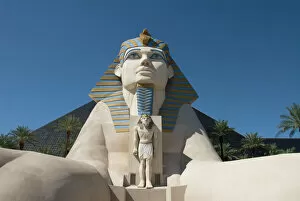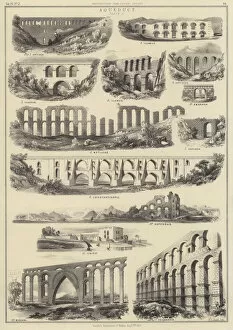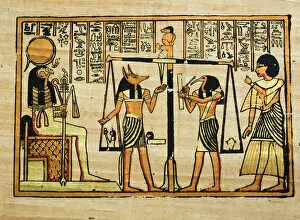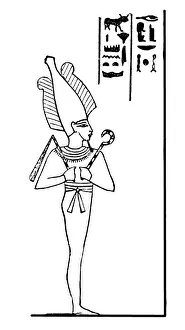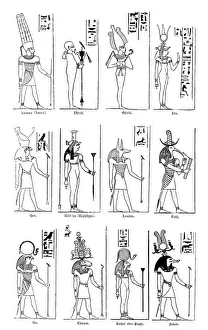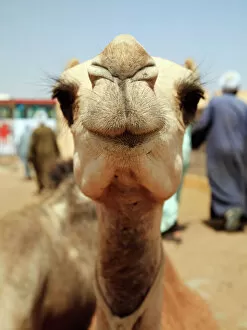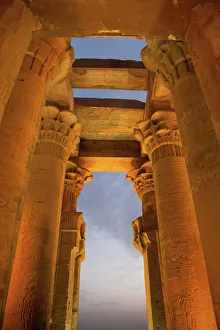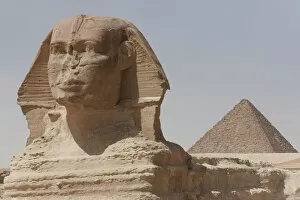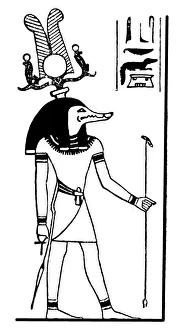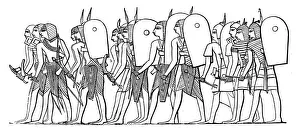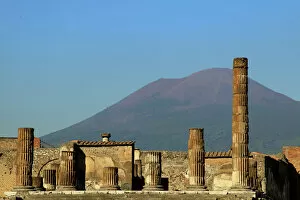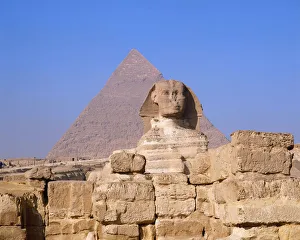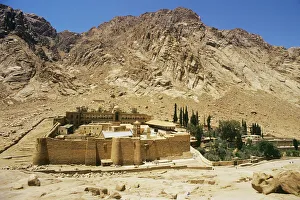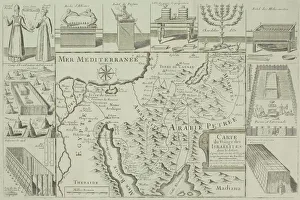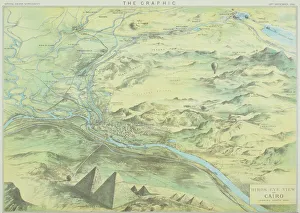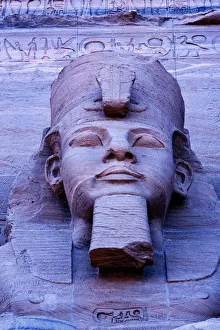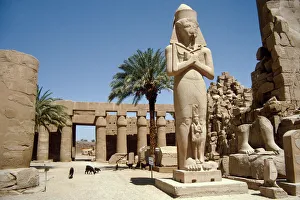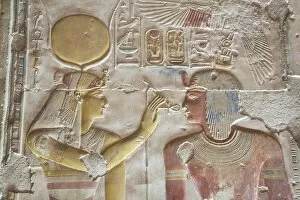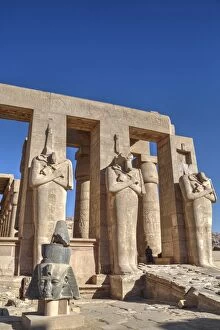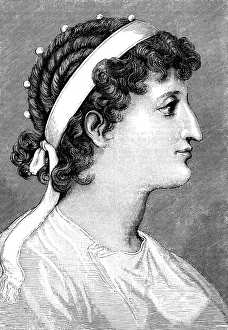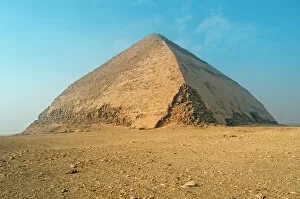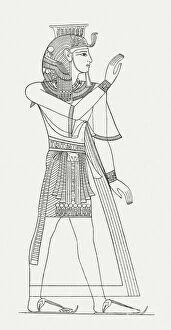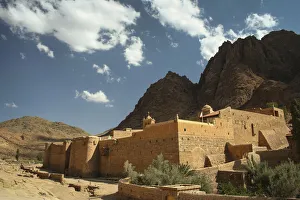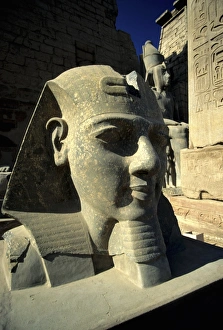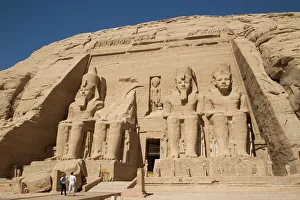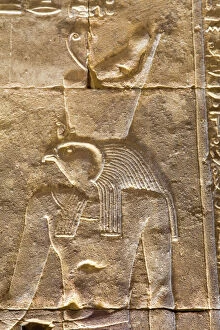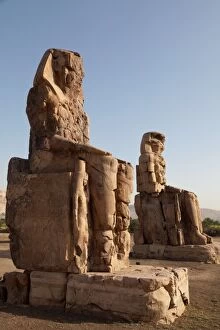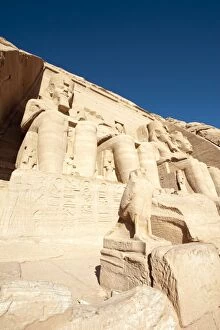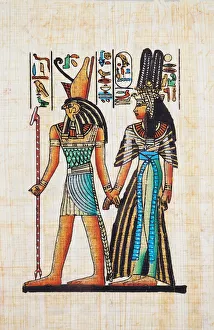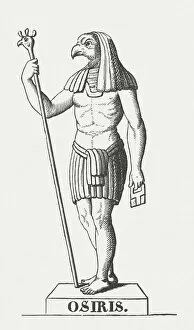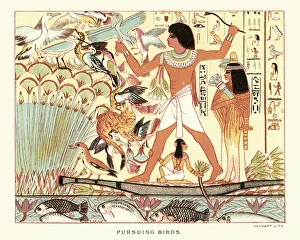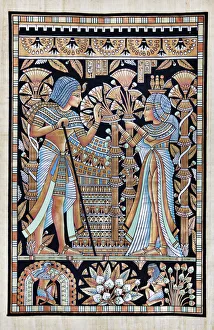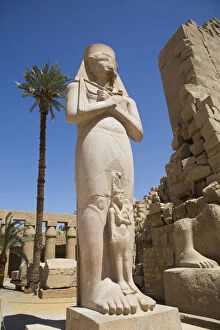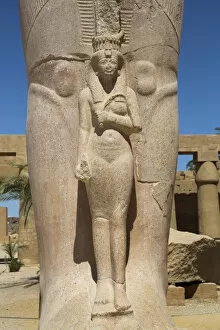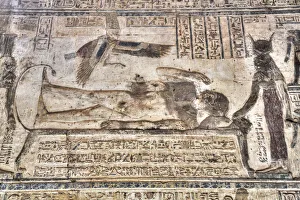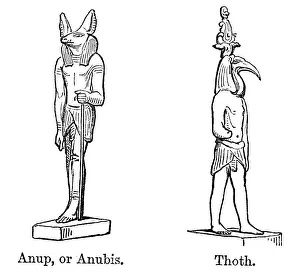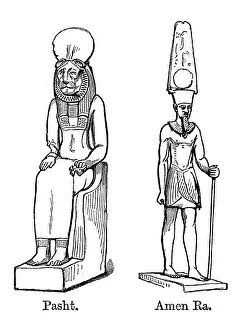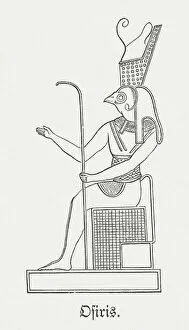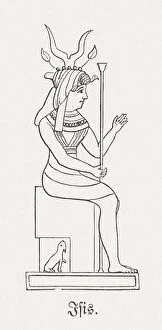Egyptian Culture Collection
"Journey through the Enchanting Egyptian Culture
For sale as Licensed Images
Choose your image, Select your licence and Download the media
"Journey through the Enchanting Egyptian Culture: From Ancient Temples to Modern Marvels" Immerse yourself in the rich tapestry as you explore its captivating landmarks and timeless traditions. Begin your adventure at the Temple of Seti I in Abydos, where a mesmerizing bas-relief of the fierce Goddess Sekhmet awaits, showcasing Egypt's deep-rooted belief in divine power. As dusk settles over Giza, Cairo, be awestruck by the breathtaking sight of a vibrant sunset casting an ethereal glow upon the majestic Pyramids. These ancient wonders stand tall as testaments to Egypt's architectural prowess and spiritual significance. Trace your fingers along a lithograph city map of Alexandria from 1897, revealing glimpses into this once-thriving cosmopolitan hub that blended Greek and Egyptian influences seamlessly. Feel transported back in time as you envision bustling streets filled with merchants trading exotic goods and scholars engaging in intellectual discourse. Marvel at the grandeur of Ramses II seated statue within Luxor Temple's Court, symbolizing pharaonic might and immortal legacy. Nearby lies Deir al-Bahri, Hatshepsut's mortuary temple—a testament to female empowerment during ancient times—where intricate carvings narrate her remarkable reign. Continue your exploration at Queen Hatshepsut's Temple nestled amidst Luxor's awe-inspiring landscape. Admire its striking architecture harmoniously blending with nature while paying homage to one of Egypt's most influential rulers. While Las Vegas' Luxor Hotel may pay tribute to these iconic structures across continents, nothing compares to experiencing their true magnificence firsthand on Egyptian soil. Lose yourself amidst towering columns adorned with hieroglyphics or stroll along tranquil avenues lined with papyrus plants—an emblematic symbol deeply intertwined with Egypt’s cultural heritage. Discover more about ancient beliefs by delving into tales surrounding Osiris—the revered god associated with resurrection and the afterlife.

